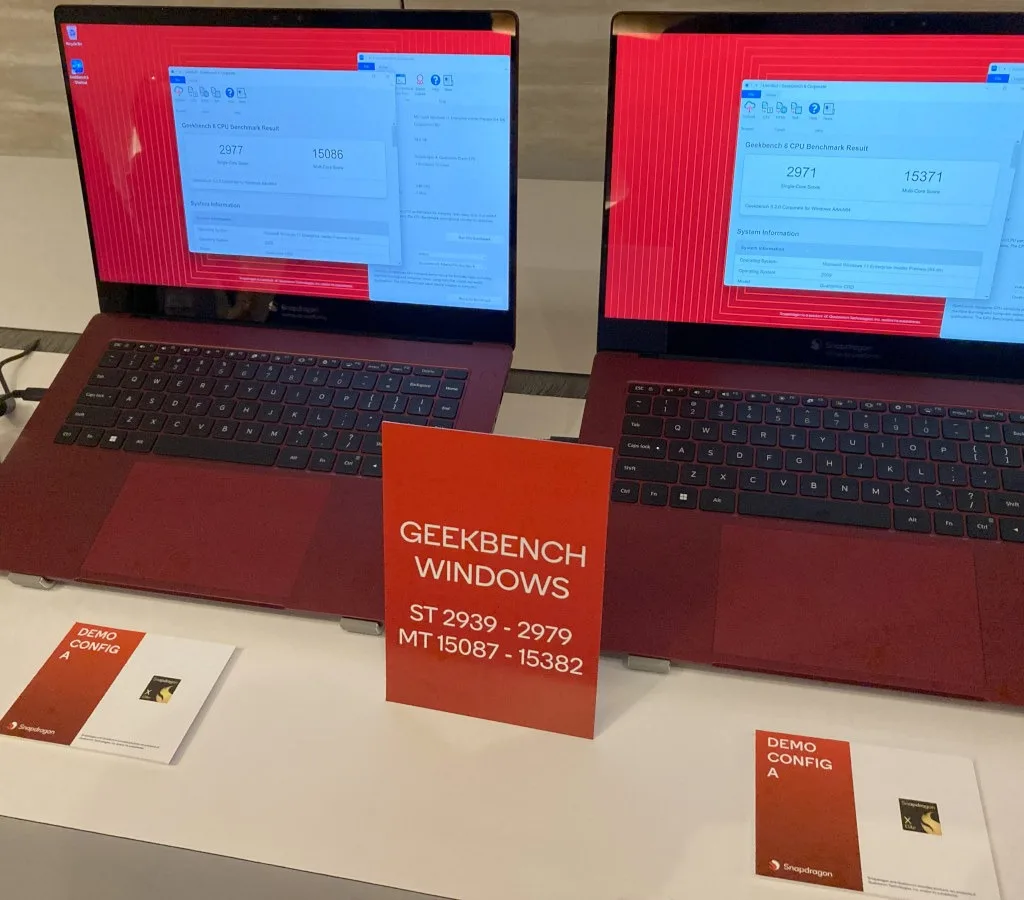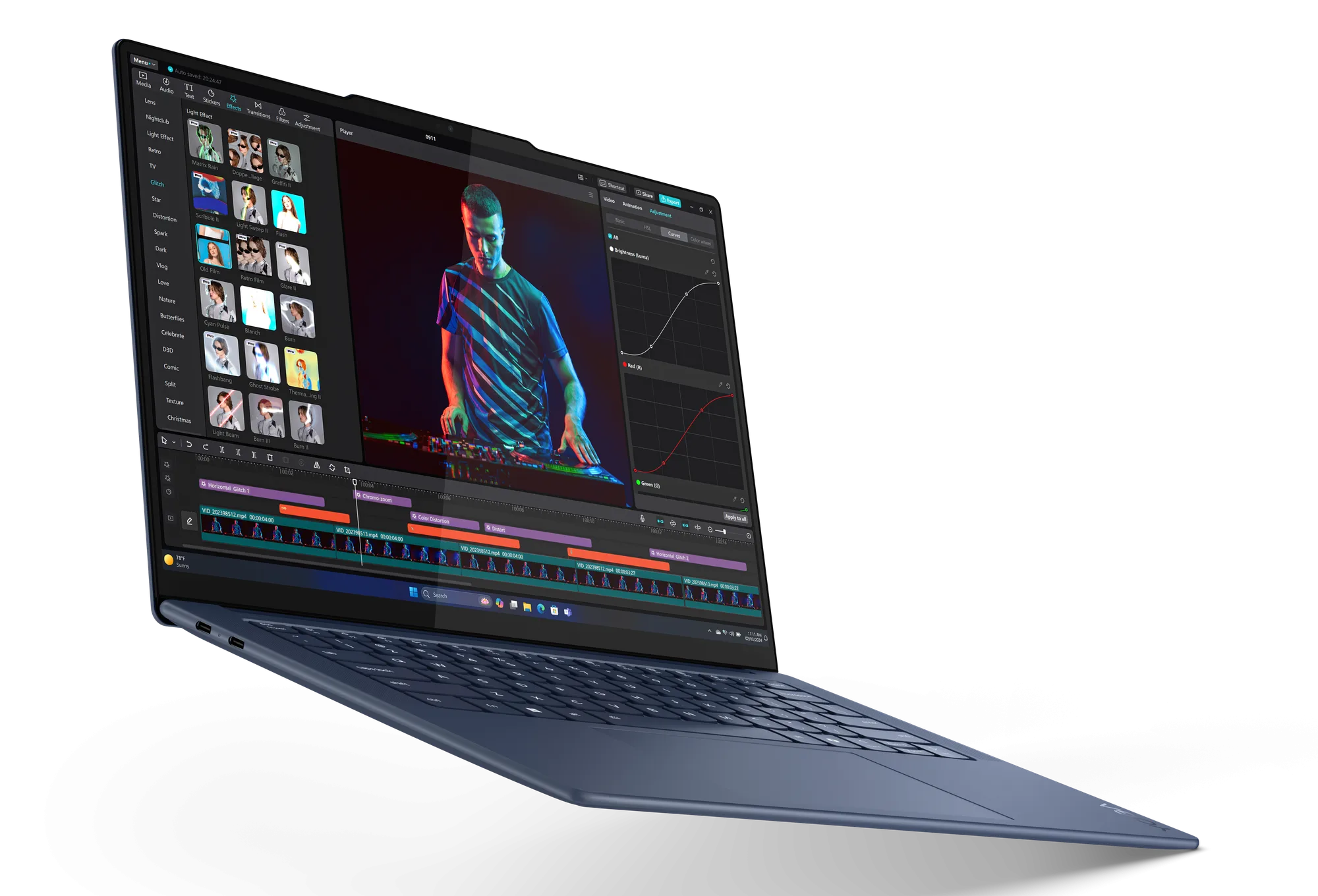When Qualcomm first unveiled the Snapdragon X Elite, it was hyped as a game-changer, a sleek, AI-powered chip ready to dethrone Apple’s M-series and give Intel and AMD a run for their silicon, we even bought into the hype with our review here. Think ultra-long battery life, whisper-quiet performance, and next-gen AI magic all baked into razor-thin Windows laptops.
But fast-forward to mid-2024, and the buzz has fizzled. Instead of shaking up the laptop world, Snapdragon X Elite laptops have landed with a thud, met with mixed reviews, high return rates, and a growing list of frustrated users wondering if they bought into another tech industry overpromise.
So, what went wrong? And more importantly, should you still buy one?
Let’s break it down.
Snapdragon X Battery Life: Great, Until You Use It Differently
On paper, battery life was a headline feature. Snapdragon X Elite laptops boasted all-day endurance, and in light usage; browsing, emails, writing, they actually delivered. Some reviews clocked 10–11 hours comfortably.
But that’s where the good news ends.
- Turn up the brightness? Use a higher refresh rate? Connect an external display? Suddenly, battery life dips to just 4–6 hours.
- Compared to Apple’s M2, M3 and M4 chips, which maintain great battery life under pressure, Qualcomm’s chip needs more babysitting.
If you’re constantly on the move and only use lightweight apps, it’s still decent. But for most users, it doesn’t match the “MacBook killer” promise.
Graphics and Gaming: Don’t Even Bother
Snapdragon X Elite’s CPU can keep up with many mid-range Intel and AMD chips in productivity tasks. But once you fire up anything graphics-heavy; games, 3D modelling, or even certain editing software, it stumbles badly.
- Frame rates in popular games like Fortnite and even the less-demanding CS:GO hover around unplayable levels, even at the lowest settings.
- Titles that rely on x86 compatibility either don’t run at all or crash frequently due to poor emulation.
App Compatibility: The Real Dealbreaker
One of the biggest issues with Snapdragon X Elite laptops? Many apps still don’t run properly.
- Some popular apps (like certain versions of Adobe, OBS, and even Steam) don’t yet have native ARM versions.
- Emulation through Qualcomm’s Prism layer works in some cases but introduces bugs, lag, or outright crashes in others.
- Tech reviewers and everyday users alike report having to return their laptops because key apps wouldn’t launch or function correctly.
Amazon even flagged Snapdragon-powered Surface laptops as “frequently returned” a label you never want to see on a premium tech product.
Who Is the Snapdragon X Elite Actually Good For?
Not all hope is lost there are still a few use cases where this chip shines.
Writers, students, and remote workers who live inside browsers, Microsoft Office, Zoom, and the occasional Canva project? You’ll be fine. Battery life is solid, fans barely spin up, and the laptops look premium enough to pull out in a Domino Pizza outlet.
Content consumers: if you mostly stream Netflix, scroll Twitter, and handle emails, these laptops are cool, quiet, and portable.
Developers, designers, gamers, and tinkerers look away. If your work depends on very specific apps, x86 programs, or GPU-heavy software, the Snapdragon X Elite just isn’t ready for you yet.
Snapdragon-powered laptops feel like early-access tech: impressive on some fronts, frustrating on others, and not quite baked for the mainstream.
The Pricing Problem: Premium Laptops with Prototype Vibes
Another head-scratcher? The price.
Most Snapdragon X Elite laptops launched above ₦1,000,000 putting them in direct competition with:
- Apple’s M2 and M3 MacBook Airs (which run circles around them in efficiency and compatibility),
- Intel Core Ultra and AMD Ryzen AI laptops, which now match Snapdragon on battery and outperform them on almost everything else.
So, when consumers pay premium prices but get patchy software support and mid-tier performance, it’s no surprise they return them in droves.
But What About AI?
Snapdragon X Elite was supposed to usher in a new era of “AI PCs”—with Microsoft Copilot+ integration, real-time transcription, on-device AI editing, and all that futuristic flair.
Here’s the catch:
- Most of these AI features are still in progress or barely useful in real-world scenarios.
- Copilot+ demos looked cool, but consumers quickly found they’re more marketing than magic.
- If you were expecting ChatGPT-level genius baked into your laptop… not quite. Yet.
There’s potential but it’s not the sci-fi productivity leap it was sold as. At least not in this first generation.
Snapdragon X Elite vs. M2/M3 MacBooks
Let’s break it down plain and simple:
| Feature | Snapdragon X Elite | Apple M2/M3 |
| Battery Life | Good, with tweaks | Excellent out of the box |
| Performance | Decent CPU, weak GPU | Balanced, consistent |
| Compatibility | Limited app support | Wide, seamless |
| AI Features | Promising, not mature | Minimal but stable (with more with the upcoming Tahoe 26) |
| Ecosystem | Weak (ARM on Windows) | Strong (Apple devices play nice) |
| Price | Premium | Also, premium but worth it |

Verdict: Unless you’re a diehard Windows fan who only uses Microsoft apps, you’re likely better off with a MacBook in 2025.
What’s Next for Snapdragon Laptops?
Qualcomm isn’t backing down. A second generation of Snapdragon X is already rumoured for late 2025, with:
- Better single-core speeds,
- Improved GPU power,
- And hopefully real software and app support.
If they pull it off, Snapdragon laptops might finally be ready for the big leagues.
But for now?
They’re a cool tech flex, not a must-buy.
Final Thoughts: Should You Buy One?
Let’s keep it real. The Snapdragon X Elite isn’t a total flop; it’s just not the revolution it was hyped up to be.
Buy one only if:
- You understand what you’re getting,
- Your workflow is light and web-based,
- And you love being on the bleeding edge of tech.
Otherwise, you’re better off grabbing a MacBook Air M4, M3 or even the older M2, a reliable Intel Evo laptop, or waiting for Snapdragon’s next move.
This was Qualcomm’s shot at breaking the Intel-AMD-Apple triangle… but they’ll need another round in the ring to actually land a hit.




